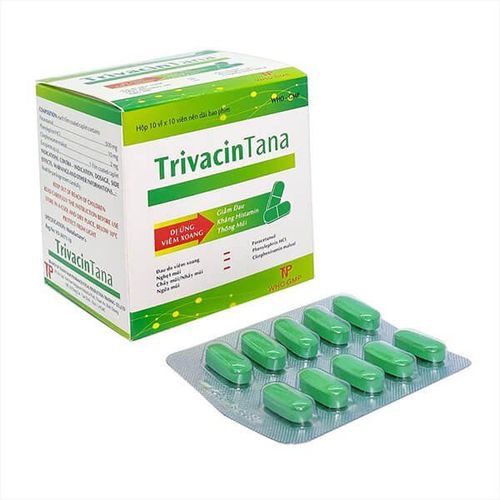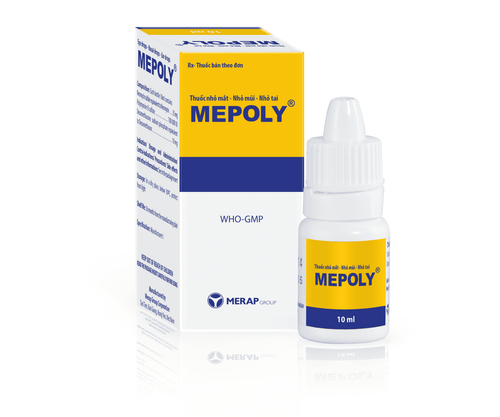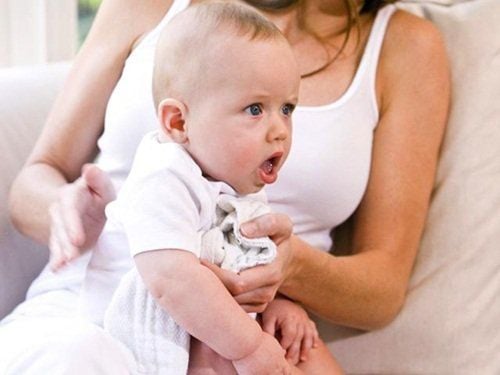This is an automatically translated article.
The article was professionally consulted with Specialist Doctor I Bui Thi Ha - Pediatrician - Neonatologist - Department of Pediatrics - Neonatology - Vinmec Ha Long International General Hospital.Because the respiratory system is not fully developed, the airways are short, breathing many times per minute, so pathogens can easily penetrate causing respiratory infections in children. However, with good care, most respiratory infections can go away on their own.
1. What is a respiratory infection?
The respiratory tract originates from the nose or mouth to the alveoli in the lungs, which have an extremely important function to help circulate and exchange gases. The human respiratory tract is divided into the upper respiratory tract and the lower respiratory tract. In particular, the upper respiratory tract includes the nose, mouth, sinuses, throat, larynx, trachea. The lower respiratory tract consists of the bronchial tubes and lungs.Inflammation, damage to any part of the respiratory tract is called respiratory inflammation. Causes of respiratory infections can be caused by viruses (common viruses such as influenza virus, Adenovirus, para influenzae virus, Rhinovirus, ...), bacteria such as group A hemolytic streptococcus, pneumococcus, staphylococcus, etc. .. or some kind of fungus. Respiratory infections are very common diseases that can affect anyone, especially children. Because the child's respiratory system is not fully developed, the airway is short, breathing many times per minute, so the virus that causes the disease can easily penetrate. In addition, due to weak resistance, children are easily attacked by pathogens.
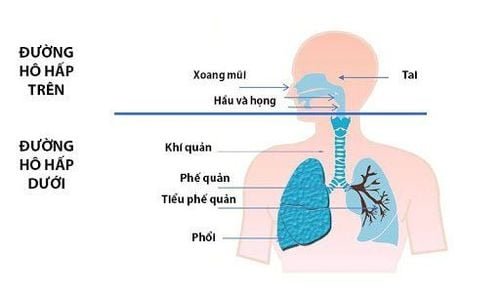
2. What are the symptoms of respiratory infections in children?
Depending on whether the child has an upper or lower respiratory tract infection, each disease and the severity of the disease, the child will have different symptoms. Common signs are fever, if you have a respiratory infection in your child, you usually have a high fever, which can reach 39-40 degrees Celsius, fever in waves. Along with fever are runny nose, runny nose, headache, watery eyes, eye conjunctivitis, red eyes, abdominal pain, vomiting, diarrhea, ... Children anorexia, fatigue.Cough is also a symptom that occurs in most respiratory infections. Your child may have a coughing fit, a dry cough, or a cough with phlegm.
When the respiratory infection becomes more severe, the child will have abnormal breathing signs such as rapid breathing, chest indrawing, difficulty breathing, strange sounds when breathing. Called tachypnea when:
Children < 2 months old: Breathe from 60 breaths/minute or more Children 2-12 months old: Breathe at 50 breaths/minute or more Children from 12 months to under 5 years old: Breathe from 40 breaths/ minutes or more Note to count breaths accurately, parents must count breaths in the condition that the child is lying still and not crying.
Indrawing of the chest is a phenomenon when the child inhales, the lower part of the ribcage will be concave instead of expanding as usual. Children need to be taken to the nearest medical facility for emergency when the child has one of the following signs:
The child has convulsions, cyanosis, lethargy or difficulty waking up The child cannot drink, sucks poorly, vomits many times Children with abnormal breathing sounds, chest indrawing, difficulty breathing The child is severely malnourished.
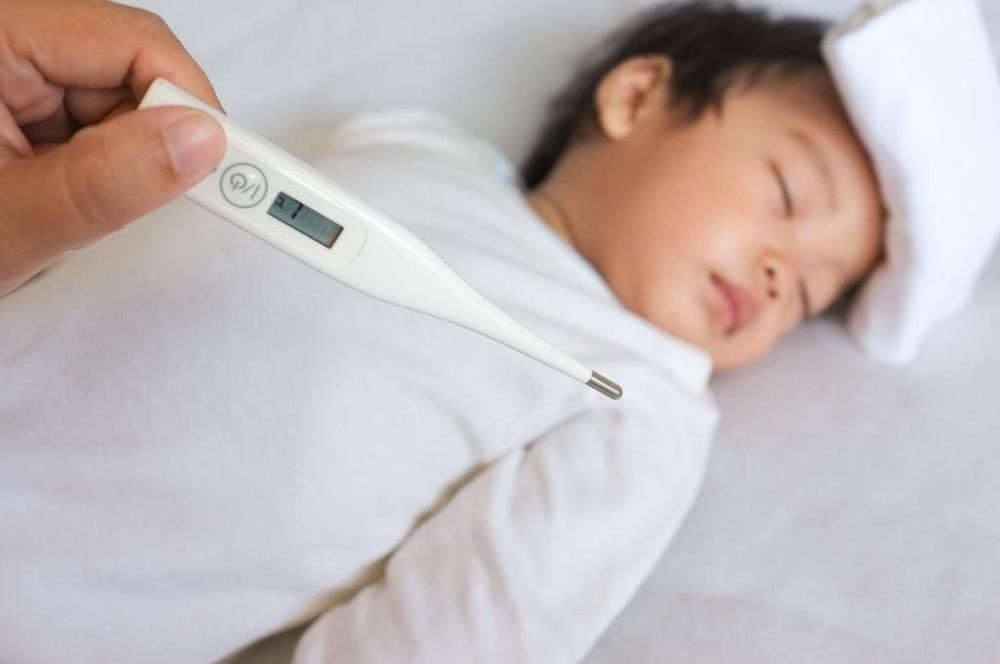
3. Notes when taking care of children with respiratory infections at home
When there are symptoms of respiratory infection in children, parents should take the child to see a doctor to have the disease assessed. If the disease is mild and moderate, parents will be instructed to take care of the child at home. Most acute respiratory infections can resolve on their own with good care.To help children reduce fever, parents need to wear cool clothes and drink lots of water. When the child's temperature rises higher than 38.5 degrees Celsius, give the child fever-reducing medicine with the dose directed by the doctor, and cool down the child's fever. An effective way to clean is: use a towel with good water absorption and dip it in warm water like baby bath water every day, wring it out. Use a towel to wipe areas such as underarms, groin and a towel to cover your body. Do not put a towel on your forehead because it is less effective in reducing fever. Change towels every 2-3 minutes, add hot water if the wipes are no longer warm.
Clean the nose to help the child clear the airway by using physiological saline drops on both sides of the nose to dilute the nasal secretions, then pick a clean cotton swab or use a tool to aspirate the nose.
If a lot of coughing makes the child fussy, uncomfortable or causes vomiting, you can give the child safe homemade cough medicines such as sugar cane, honey-steamed ginger, thick leaves, ... or other forms of medicine. Pre-processed herbal cough syrup suitable for young age is safe for children.
Back patting when the child has a cough with phlegm helps the child expel phlegm effectively. Clap by cupping your hand, keeping your thumb pressed against your index finger, pat your back left and then right, each side for 3-5 minutes. It should be patted before eating or at least an hour after eating to avoid making the child vomit.
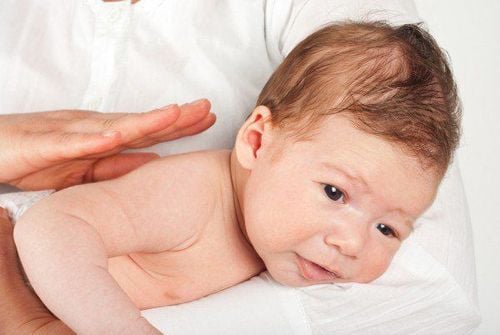
For breastfed children, feed the child on demand, and breastfeed more often than usual. For older children, prepare soft, easy-to-swallow foods for them to eat in several meals a day. Increase green vegetables, fruits, let children drink a lot of filtered water, fruit juice.
4. Prevention of respiratory infections in children
To prevent respiratory infections in children, it is necessary to have children fully vaccinated according to the national immunization program to create active immunity. Keep the living environment around children always clean, cool, good air circulation. Pay attention to keeping children warm when the weather turns cold. If using an air conditioner, be careful not to let the temperature be too different from the outside temperature. Avoid exposing children to cigarette smoke, wear masks for children when going out to avoid exposure to dust and polluted air. People with respiratory diseases should limit contact to avoid infecting children. Parents must wash their hands thoroughly with soap before taking care of their children.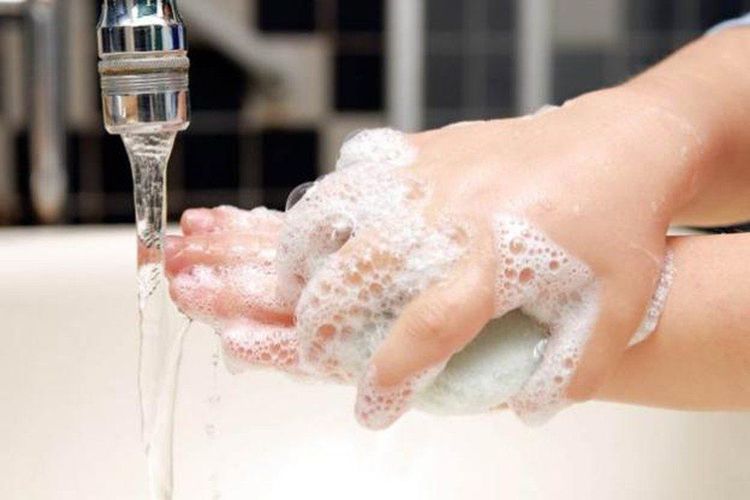
Please dial HOTLINE for more information or register for an appointment HERE. Download MyVinmec app to make appointments faster and to manage your bookings easily.
Recommended video:
How to properly wash your baby's nose





